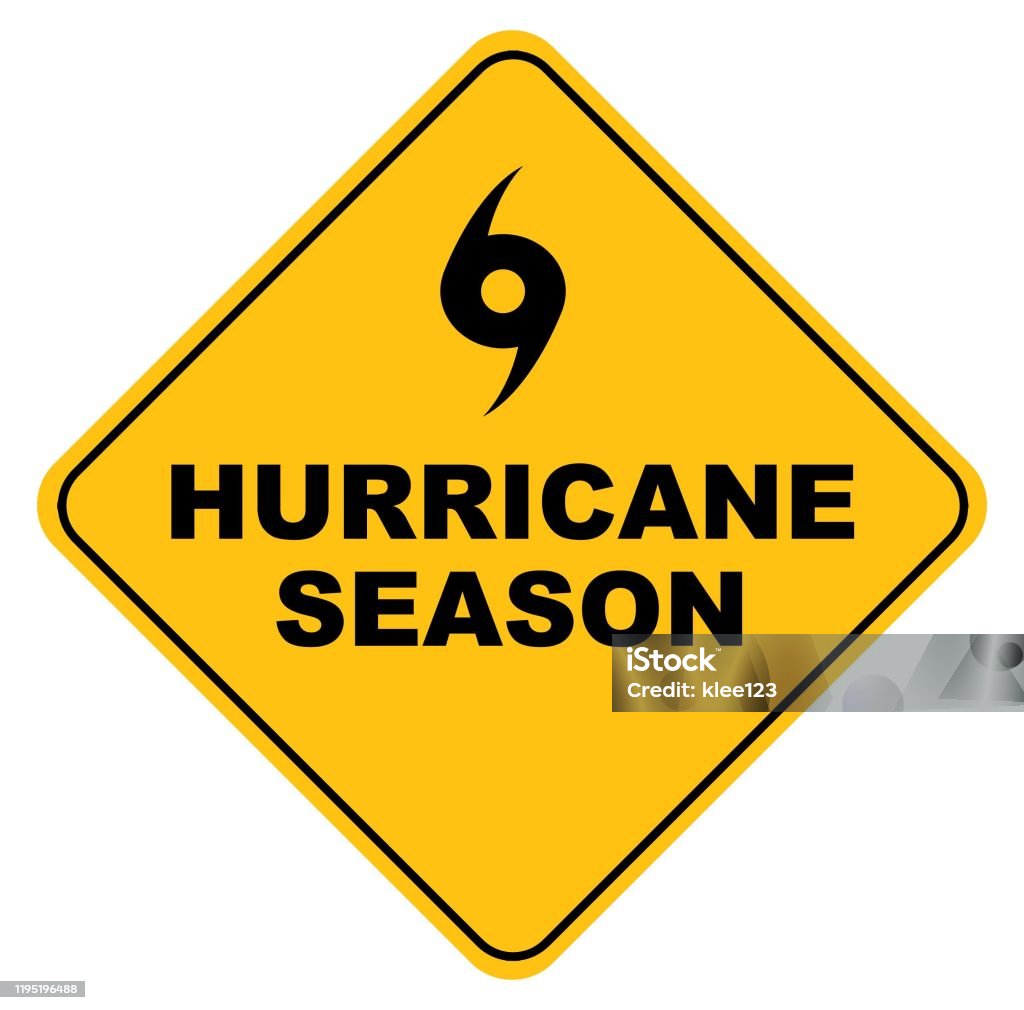3 Tips to Prepare Supply Chains for Record Hurricane Season

While hurricane building standards have come a long way since Hurricane Andrew in 1992, the supply chain can now update its own practices to mitigate the damage and impact from these superstorms.
NOAA’s outlook for the 2024 Atlantic hurricane season, which spans from June 1 to November 30, predicts an 85% chance of an above-normal season, leading to the high likelihood of frequent supply chain disruptions. Hurricane Ian in 2022 caused a 200% increase in export dwell time. In 2023, Hurricane Idalia increased import dwell time by 43%. Service levels in the full truckload market fell by 20% when Hurricane Ida hit. With 2024 projected to experience 17-25 named storms and 4-7 Category 3 or above, companies need to prepare for weather-related disruptions. As Hurricane Beryl became the earliest Category 4 and Category 5 hurricane on record, we’re already experiencing the impact of this year’s season – and it’s off to an earlier start than normal.
Shippers and carriers have cited extreme weather events as their top transportation challenge in 2024. Flooding and infrastructure damage makes all modes of transportation a challenge. Manufacturers or shipping facilities often have to shut down operations when large hurricanes strike to protect the safety of employees and company property. On the carrier side, drivers will refuse to go to high-risk markets during storms or demand higher rates to do so. Not to mention, hurricane activity in the Gulf of Mexico causes increased fuel costs and shipping rates in the aftermath of a storm.
Since the supply chain is global, the impact of these storms extends far beyond the area of impact. Damaged power lines, flooded roads, and shipping port closures all create a domino effect of issues impacting wide swaths of the country. It’s critical that business leaders have a proactive response plan in place before disaster strikes to minimize the operational disruptions. Hurricane season also falls at the same time peak shipping season is starting, creating a domino effect of supply chain disruptions that can affect the holiday season if not handled properly.
Here are three tips for companies to be best prepared for an exceptional hurricane season:
Carrier Diversification
Carrier diversification is the average number of carriers each shipper uses. During the COVID-19 pandemic, shippers faced capacity issues, leading to an increase in the number of carriers used. Since then, however, this number has decreased, and shippers are using a smaller variety of carriers.
This hurricane season, shippers in high-risk areas like Florida and Louisiana should develop a diverse carrier network now to navigate crises effectively. When there are more carrier options available, it will make it easier for shippers to pivot and adjust their supply chain strategy.
A strong network strategy and a diversified carrier mix can help any supply chain team lessen overall transportation costs, increase delivery speeds and protect your brand from major spikes.
Strategic Safety Stock
Hurricanes can be devastating to the areas in their strike zone – lost homes, infrastructure damage and flooding. Not to mention, emergency supplies like clean water, power generators and first aid equipment are urgently needed. Planes and ships cannot navigate through hurricane conditions, causing delays, while road damage, equipment damage and floods can disrupt trucking, port and airport operations once the hurricane subsides.
In hurricane-prone locations, proactively supply emergency safety stock, focusing on immediate needs such as generators, water, first aid and shelf-stable food supplies. Make sure a backup supply is also available, in case the supply chain disruption is longer than a few days. This allows companies to focus on getting secondary supplies to destinations faster and starting hurricane relief and rebuilding plans rather than scrambling for the bare necessities.
Stay Informed with High-Quality Data
It is crucial to stay informed about tropical storm warnings and continuously monitor conditions. Don’t underestimate the importance of monitoring the aftermath of hurricanes, as certain routes may require detours due to damage or flooding. Hurricane Katrina was an extremely powerful storm, but the storm surge, failing levees and subsequent flooding caused the vast majority of damage.
Follow the updates on impact from your supply chain visibility provider or supply chain news outlets to determine next steps. This will equip your team with the data-driven insights needed to allocate resources, pivot strategies and make informed decisions on how to implement contingency plans.
Greater visibility into the entire transportation lifecycle can help supply chains understand downstream impacts and swiftly react to any delays. To make more effective decisions, break down the supply chain data silos and gain a comprehensive view of shipments across modes.
By gaining a deeper understanding into delays and exceptions, transportation teams can act as soon as their shipment is moving to ensure the remainder of its journey goes smoothly. This could mean adjusting appointments down the line or gaining alerts about the shipment’s progress to keep customers updated.
The annual cost of weather-related disruptions for U.S. transportation is around $9 billion, and 32.5 billion vehicle hours are lost each year due to weather-related congestion. Natural disasters like hurricanes wreak a lot of havoc in a short amount of time, but the aftermath of large storms has an even longer lasting impact on the supply chain.
Automation and visibility are crucial to your hurricane preparedness strategy. Using technology, companies can better predict the impact of storms and ultimately soften the blow to transportation networks. Shippers can turn container tracking and geolocation data into actionable visibility insights to make informed decisions about inventory and optimize transportation routes. While hurricane building standards have come a long way since Hurricane Andrew in 1992, the supply chain can now update its own practices to mitigate the damage and impact from these superstorms.
Source : sdcexec.com



